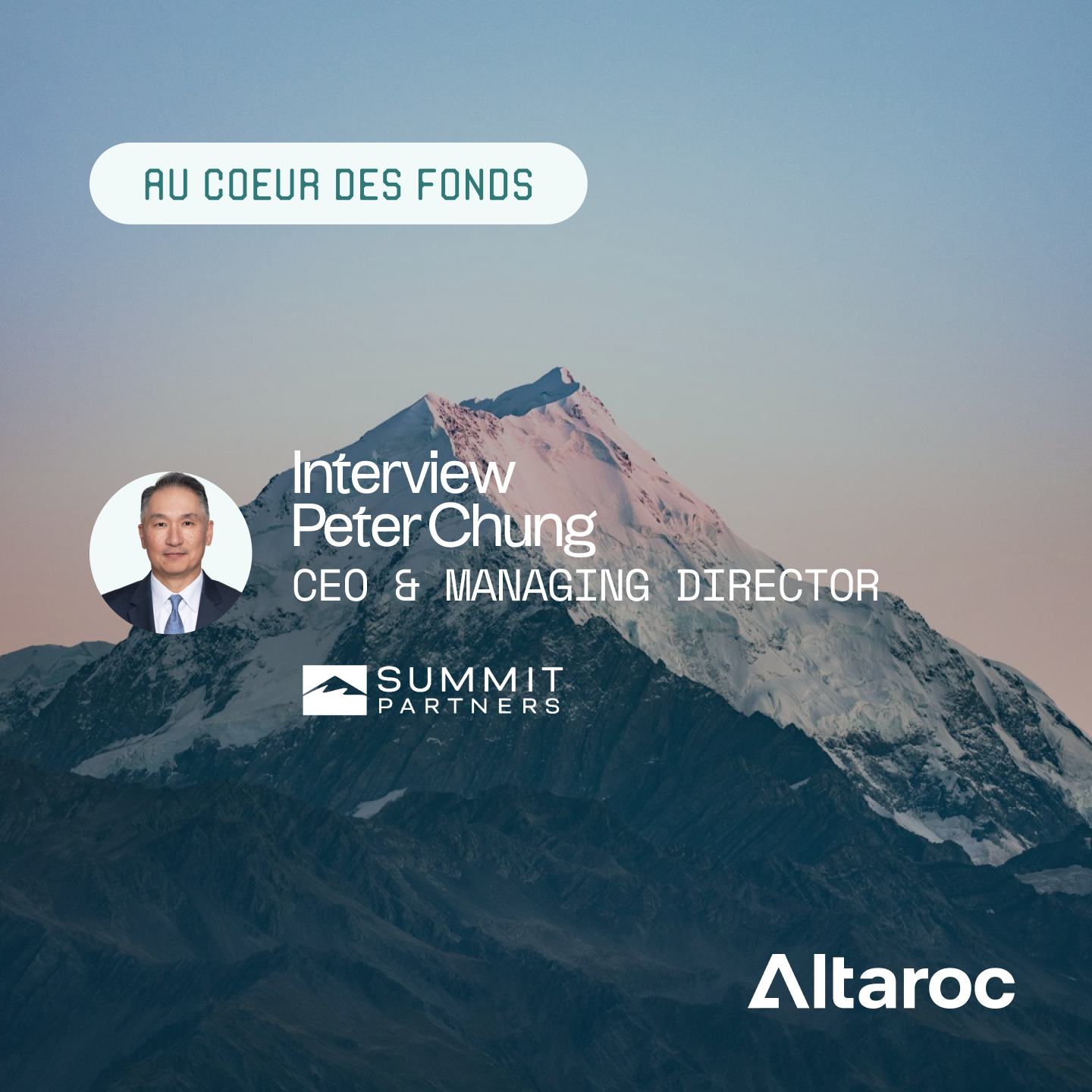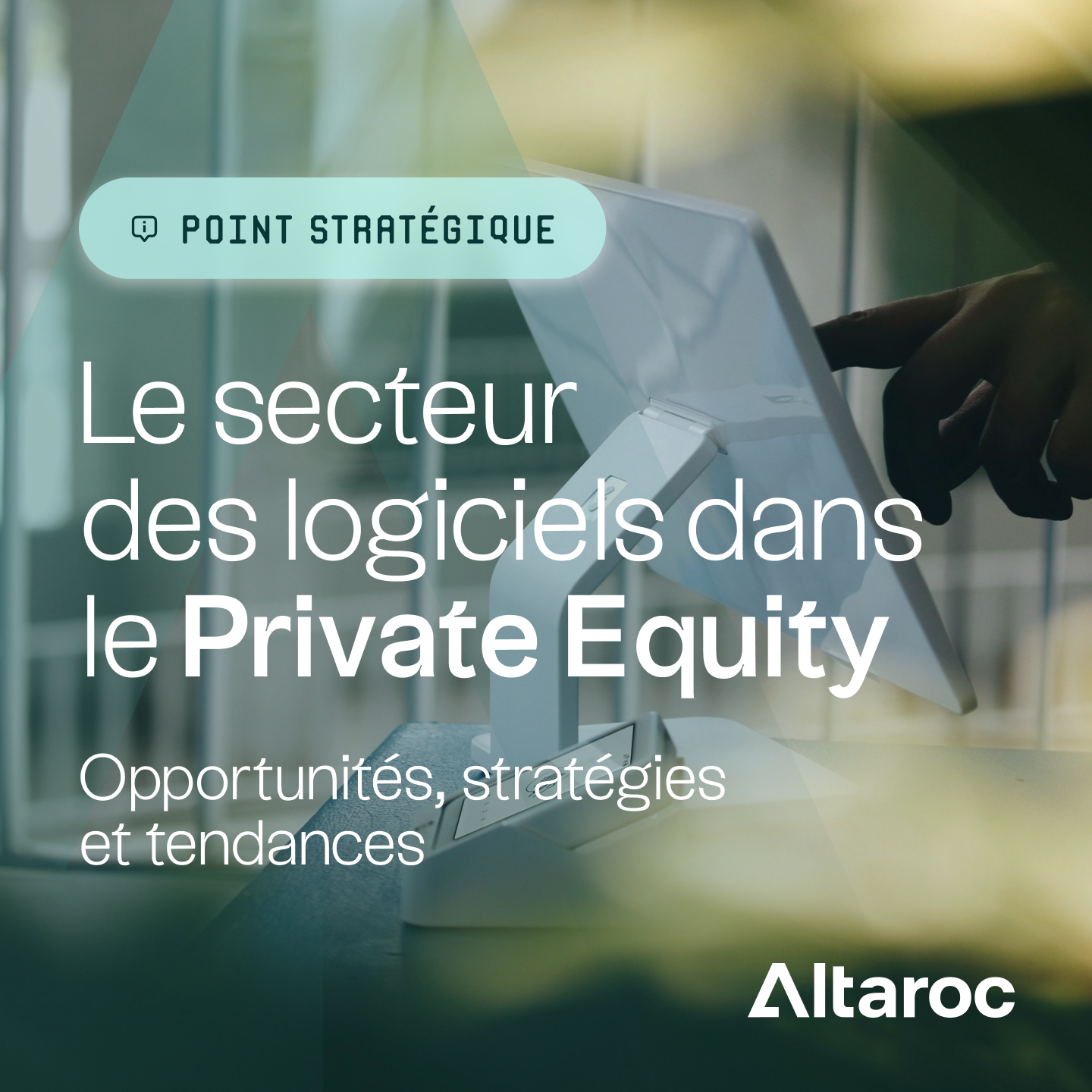
Every year, theAltaroc team selects exceptional managers for each of its Vintage. As Frédéric Stolar explains, the United States is the country par excellence where we carry out our due-diligences.
One of the main reasons for this is that the Private Equity industry was born in the USA 60 years ago. While the French are gradually becoming familiar with this asset class, Americans have been familiar with it for decades, and allocate an average of 20% of their investments to it.
Private Equity provides financing for fast-growing companies, helping them to scale up, internationalize, restructure, digitalize and finance innovation.
Silicon Valley financed by Private Equity
In 1946, General Georges Doriot, a French expatriate in the United States, engineer at the Pentagon and professor at MIT, created the ARD (American Research and Development Corporation) investment fund, originally intended to take equity stakes in small innovative companies, particularly in the electronics sector (Technicolor, Digital Equipment Corporation), which was booming at the time.

Through his investment in Digital Equipment Corporation, the General secured his own fortune and that of his associates. Within a few years, their stake had risen to 6,000 times their initial investment, representing an IRR of 100% per annum. In the 1970s, General Doriot set up an ARD subsidiary in France, but it was not as successful as in the USA due to the looming economic crisis (unemployment and oil crisis).
Yet this same crisis had beneficial effects in the United States. In 1963, President Kennedy decided to invest considerable resources in aerospace. His wish to put the first man on the moon was realized on July 21, 1969, with the American Neil Armstrong. This was followed by drastic cuts in public budgets for the major laboratories working with NASA, with the end of the Apollo mission. In 1973, unemployment hit a large part of the population with the end of the war in Vietnam and the reduction in military appropriations. Now unemployed, experienced engineers and employees skilled in new technologies set up their own companies. The result was the creation of Intel, Motorola and AMD.
East Coast investors working for ARD move to California to create new investment funds. Silicon Valley was born with Apple, Microsoft, Cisco, Compaq, IBM, Genetech... As early as 1933, Stanford University had begun financing technology projects, notably those of students Hewlett and Packard. American universities continue to invest tens of billions of dollars each year in Private Equity to finance innovative projects.

Silicon Valley is rapidly becoming a hotbed of innovation. After electronics, sectors such as biotechnologies, software, the Internet, artificial intelligence and autonomous driving will emerge. These sectors will require increased financing, hence the deployment of Private Equity in the United States and the creation of venture capital firms such as Sequoia.
KKR was founded in 1976. It was the first Private Equity fund to specialize in buyouts as part of business transfers.
In the 1980s-1990s, the number of transactions and players in the US began to multiply, making the sector competitive. These two decades were also marked by the impressive development of LBO operations, whose loans were financed by major investors such as pension and retirement funds, as well as the world's wealthiest families. For its part, the French market saw the development of venture capital activities driven by the participation of Business Angels and supported by the creation of FCPI (Fonds Communs de Placement dans l'Innovation) funds in the 1990s.

The 2000s were then favorable for buyouts, thanks to low interest rates and the introduction of the Sarabanes-Oxley Act, which aimed to increase the accountability of American companies and make their financial communications more transparent.
Between 2003 and 2006, buyout activity in the United States increased 18-fold, reaching $375 billion. The European market accounted for 15% of the total volume of Private Equity deals, and in 2007, France ranked 3rd worldwide in terms of amounts invested.
-
Advertising communication. Please refer to the AIF prospectus and key investor information documents before making any final investment decision. Private Equity involves a risk of capital loss and a liquidity risk. Past performance is no guarantee of future results.















.png)

%2520(1).webp)
